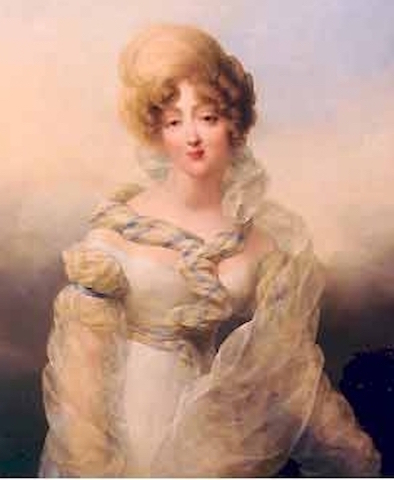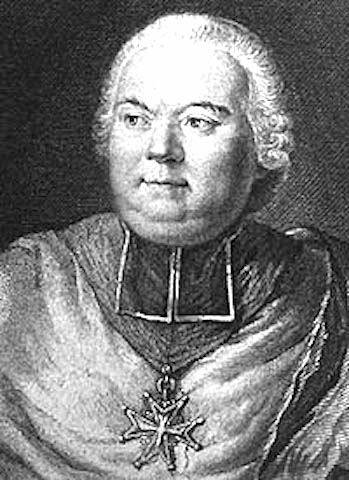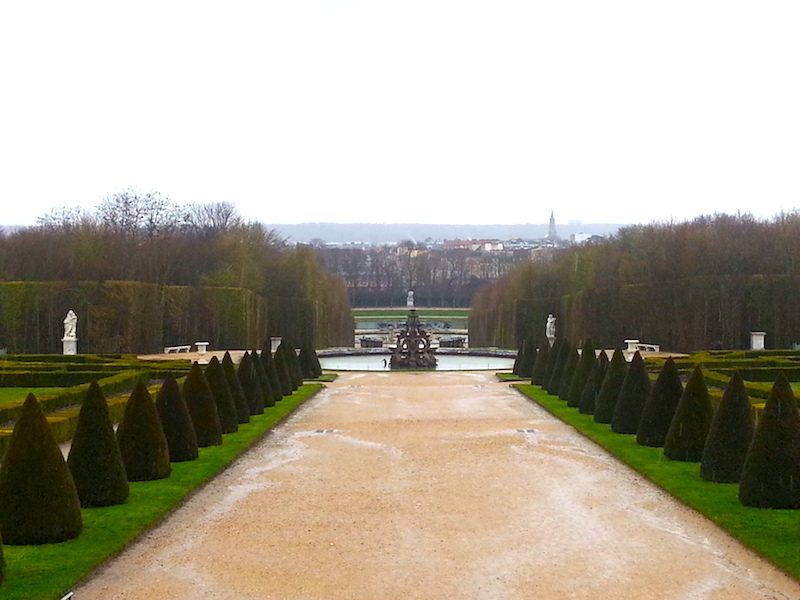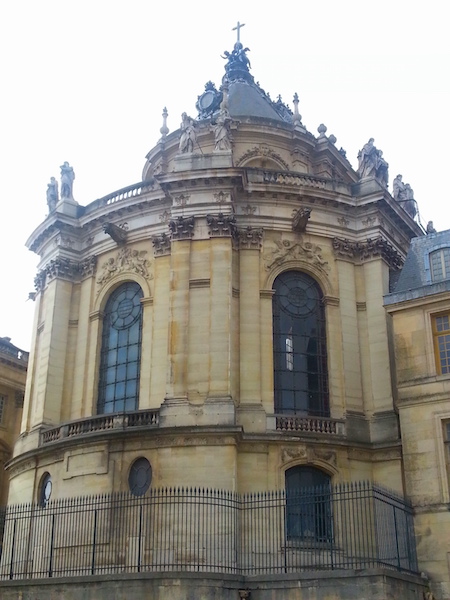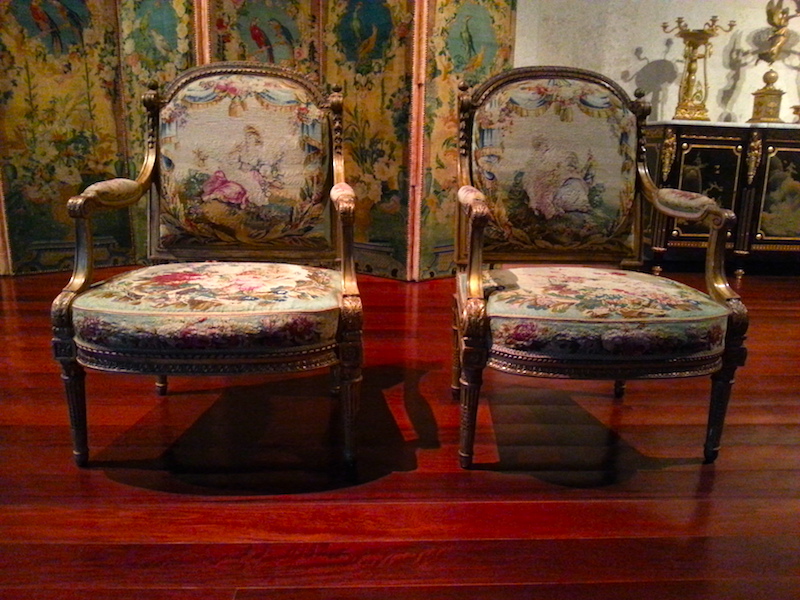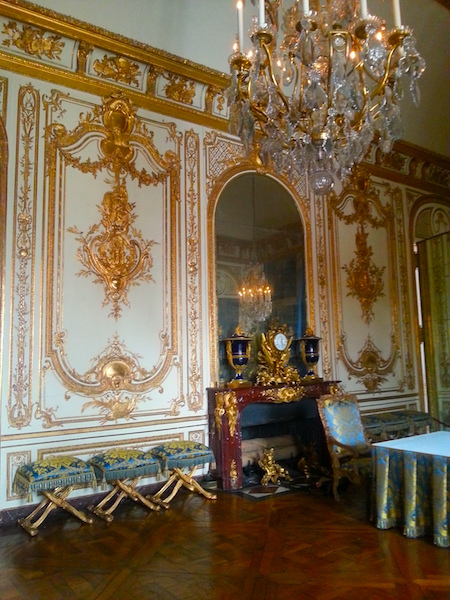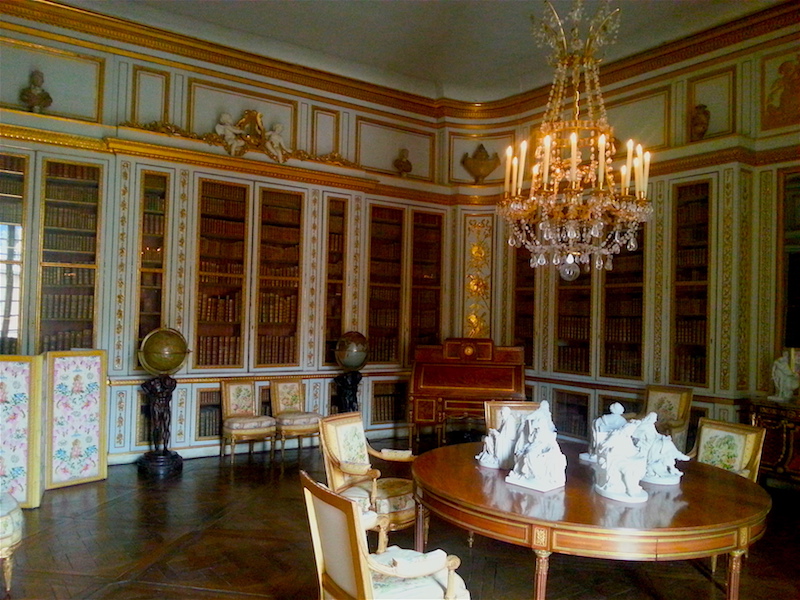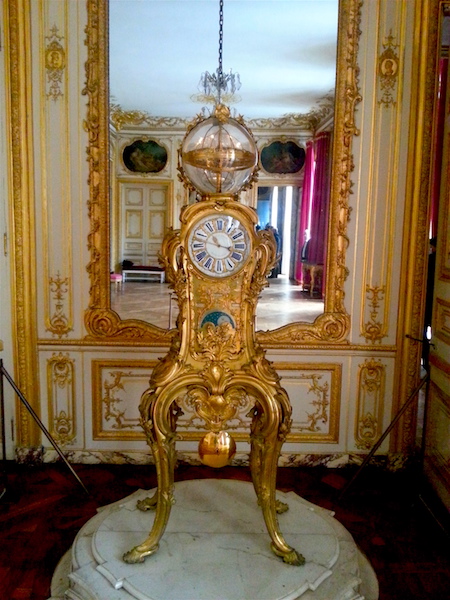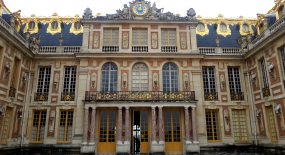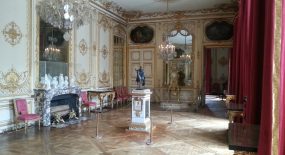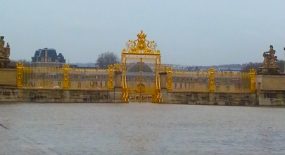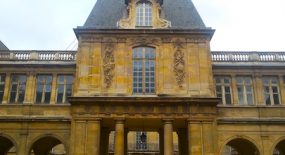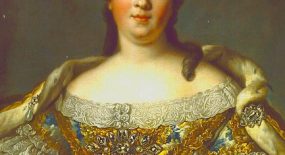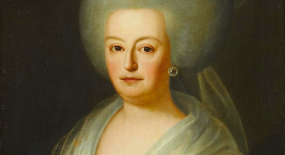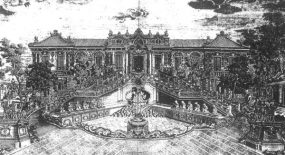A Childhood at Versailles consists of the first 5 chapters of the memoirs of Mme de Boigne (1781-1866), née Adèle d’Osmond, who was a French salon hostess and writer. She was born in the Château de Versailles and lived at the court of Louis XVI and Marie-Antoinette until her family fled to England during the Revolution. Later in her long life, she married a rich soldier of fortune 30 years her senior, hosted a brilliant salon in Paris, and became an intimate of the last French queen, Marie-Amélie, consort of King Louis Philippe (r. 1830-1848). Childless herself, Mme de Boigne addressed her memoirs to her nephew. The memoirs were not published until 1907, under the title Récits d’une tante, or An Aunt’s Tales. They’ve never been published in English, as far as I know, so I’ve decided to translate the first 5 chapters, the ones that take place mainly at Versailles, and post them here on this blog for interested readers to enjoy for free.
The chapters are quite lengthy, so I’ve broken each one into several parts. In Part 1.4, Mme de Boigne discusses the fearsome protocol. “l’étiquette,” that governed life at court, not only at Versailles, but at every one of the royal residences.
“Among the protocols at Versailles, there was one to which my father could never reconcile himself and of which I often heard him speak, which was the way of being invited to what was called the souper dans les cabinets. The guest list for these suppers consisted of the royal family and about thirty invited guests. They took place in the King’s private apartments, in rooms with so little space that the billiard table had to be covered with planks in order to put the buffet on it. The King was forced to rush his game in order make way for the food.
The ladies had been warned that morning or the evening before. For the occasion, they wore sack-backed gowns, an antiquated costume that had long fallen out of fashion in any other circumstance. They presented themselves at the small theatre, where a bench was reserved for them. After the performance, they followed the King and the royal family into the private apartments.
As for the men, their fate was less gentle…







